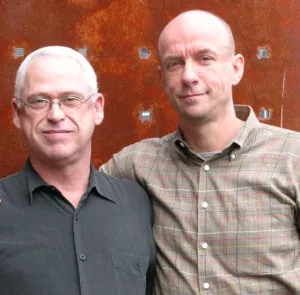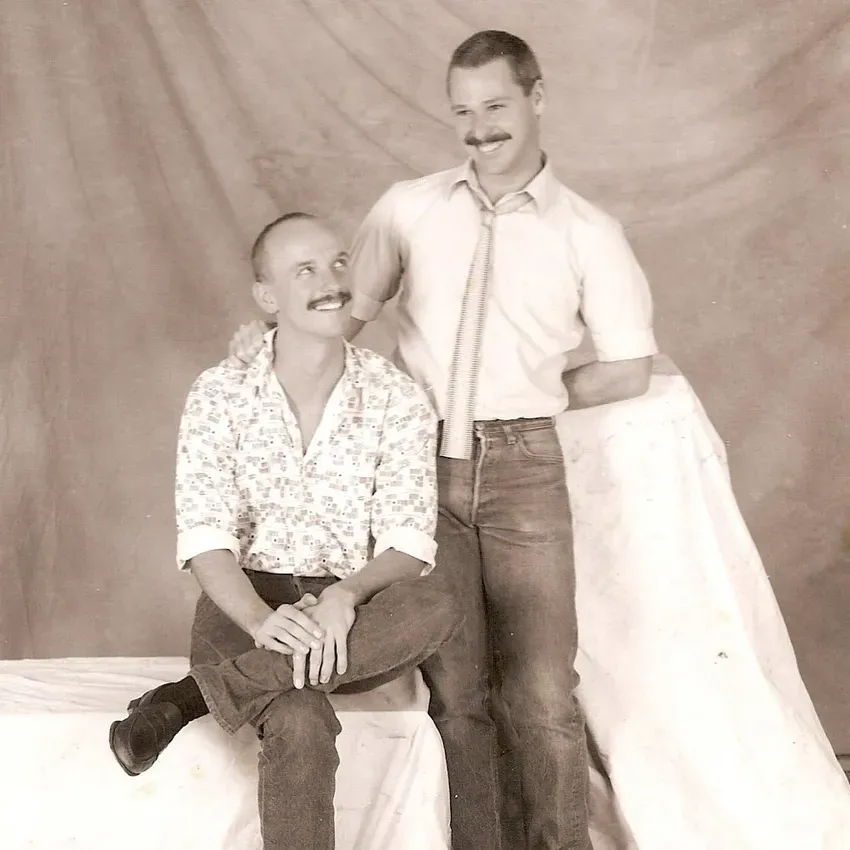Greg Kucera, a leading figure in the Seattle arts community, retired to a castle in France last month after almost 39 years of running his gallery in Pioneer Square. He and Larry Yocom left $500,000 to Artist Trust, which promptly announced two new fellowship awards meant to "advance art and equity."
These fellowships – the Greg Kucera & Larry Yocom Fellowship Award, and the Artist Trust Fellowship Award for Black Artists – mean that each year, for the foreseeable future, two more "practicing professional artists of exceptional talent" in Washington state will each be granted $10,000. The Trust's review process already asks panelists to "review all applicants through a lens of racial equity," among other considerations, but the award for Black artists, since it is "permanently funded," is the first of its kind.
With the arts being so big in Seattle already, and seeing as Washington is a big place, two more artists being funded each year may seem insignificant to some – just a drop in the bucket, especially for those not involved with the scene. But those close to the Greg Kucera Gallery and the Trust don't see it that way.

As Seattle artist Anthony White said to Artist Trust about the development, "As a Black, Queer artist who has benefited from the direct support and generosity of both Artist Trust and Greg Kucera and Larry Yocom, I see this generous gift as a reflection of their dedication to artists in this region." White is a prolific, award-winning visual artist who works primarily in colorful PLA (a type of polyester). His pieces are often busy, and filled with symbols from pop culture and modern life.
"This form of long-term support for artists of all backgrounds, but especially Black artists in Washington state, is encouraging and motivating," White added. "There is no doubt in my mind that their donation will positively impact the community and region as a whole."
Another Seattle artist, Margie Livingston, called the fellowships a "gift for the artists of the future." Livingston, who has also been featured in the Greg Kucera Gallery, works in many media. Her pieces are broadly experimental.
The statements of these artists aside, $20,000 a year adds up. In just five years, that funds another $100,000 of art in Washington. More art attracts arts people from all over the world, to either visit or move in.
And as it turns out, the Seattle city government is tuned in to a lot of the same ideas as Artist Trust, with a 2019 report from the Office of Arts and Culture highlighting racial disparities in creative fields (which, by its judgment, do include software development and computer programming). Seattle job growth in arts, design, entertainment, and media as a whole has outpaced software, programming, web development, and related fields. The report also estimates that for every job in a creative field, three other local jobs are created.
These two fellowships are momentous on their own and as part of a larger trend. The arts are big in Seattle, but they're only getting bigger. If the people in charge of this money fulfill their promises, and we hold them to their words, they will be more diverse, too.


